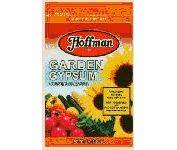D
dre86
A bit late, but better late than never..I was wondering what wrong.
My plants ' leaves turn yellow in middle flowering (5-6 weeks out of 8-9). Have I underfert them? I give them organic bloom fert 1.5-13-14 once a week. It starts from the tips and works it way up to the middle of the leaf until turns brown and dies. Also the stem of the leaf turns purple. What's wrong?
Here's a pic:

MasterKush

Super Thai x Skunk
My plants ' leaves turn yellow in middle flowering (5-6 weeks out of 8-9). Have I underfert them? I give them organic bloom fert 1.5-13-14 once a week. It starts from the tips and works it way up to the middle of the leaf until turns brown and dies. Also the stem of the leaf turns purple. What's wrong?
Here's a pic:

MasterKush

Super Thai x Skunk





 guineapigs among us
guineapigs among us 
